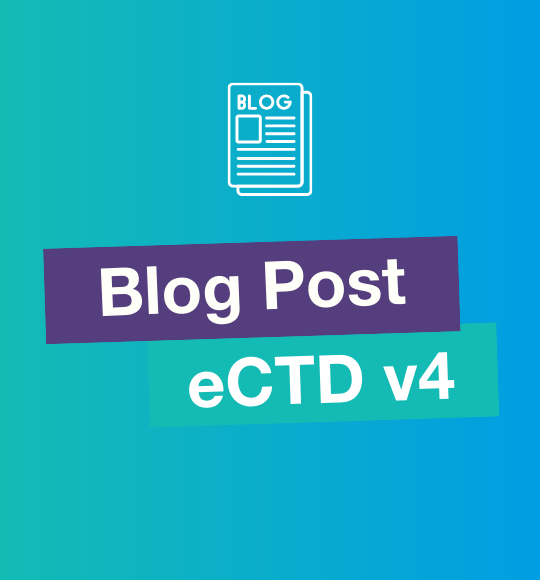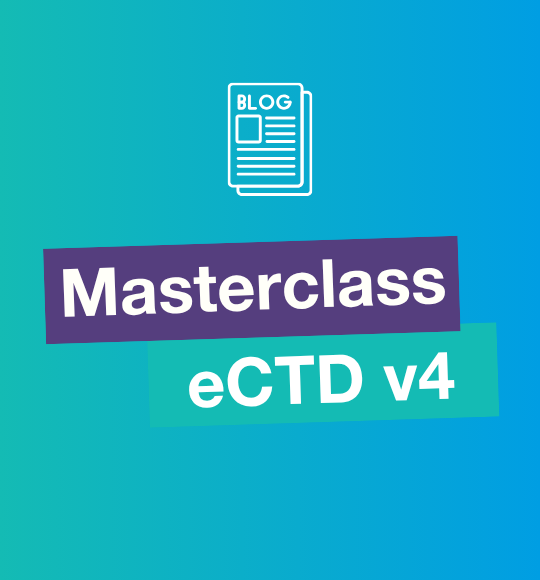In January 2017, the International Council for Harmonisation (ICH) updated Step 4 (Adoption of an ICH Harmonised Guideline) eCTD 4.0 Implementation Package for Modules 2 through 5. To align themselves with the ICH changes, both the FDA and EMA have released their updated regional implementation guides and are taking steps to ensure eCTD 4.0 readiness as of 2018.
eCTD 4.0 is coming, and the pilot phase is almost here
With eCTD 4.0 Implementation Guides (IG) being published by the ICH, EMA, FDA, and PMDO, Health Authorities have continued to take concrete steps toward implementing the new standard. Over the next year, most agencies will be accepting comments and making updates to their IGs. The next major milestone for the industry will be the eCTD 4.0 pilot phase for the various health authorities. Each agency has its own timeline:
|
Agency |
Accepting eCTD 4.0 Pilot |
Accepting eCTD 4.0 Submissions |
Requiring eCTD 4.0 Submissions |
|
FDA |
Q3 – Q4 2018 |
Q3 2019 |
2023 |
|
EMA |
Ongoing |
CP – Q3 2019 |
Not announced health |
|
Health Canada |
2018 – 2019 |
2020 |
2022 |
|
PMDA (Japan) |
|
April 1, 2020 |
April 2, 2022 |
Keep in mind that all of these timelines are subject to change based on several factors: industry acceptance, challenges encountered during the pilot phase, and technical readiness.
What will you need in an eCTD 4.0 tool?
Within the current guidelines of eCTD v 3.2.2, eCTD submissions can be built using any tools without considering the lifecycle impacts. Backbones can be viewed in a web browser instead of software. With eCTD 4.0, sponsors must have dedicated tools specifically designed with eCTD 4.0. Proper publishing software will automate multiple steps in your eCTD 4.0 submission process:
- Creation of UUIDs for submission of the unit, context, of use and documents
- Populating and linking to OIDs for controlled vocabularies from ICH, health authorities, and internal systems.
- Creating the Transitional Mapping Message to move your submission from eCTD 3.2 to eCTD 4.0
The changes in eCTD 4.0 concentrate on the backbone message.
Making the decision to move to eCTD 4.0
The health authority timelines have already laid out a general plan for the move to eCTD 4.0. By next year, most health authorities will be conducting pilots to ensure no gaps remain in the IGs. Talking to your eCTD tool vendor about their plans to participate in those pilots will give you an understanding of your vendor’s eCTD 4.0 timelines.
Sponsors will also decide when they wish to move to eCTD 4.0. Current roadmaps from the agencies put eCTD 4.0 requirements at 4 – 5 years away. Transitioning to eCTD 4.0 before the required date depends on the other business value propositions of eCTD 4.0. Three major value propositions stand out right now:
1. Two-way communication – If you have many units of back-and-forth communications with the FDA or other agencies that implement two-way communication, you may find eCTD 4.0 an easier way to track and manage that information.
2. Reduced frequency of specification updates – eCTD 4.0 is intended to be a modular standard. That means that almost every update to the specification can be handled through updates of the various controlled vocabularies. From a sponsor perspex, an update to the specification should not necessarily also entail an update to your eCTD software.
3. Document re-use – For sponsors who extensively use Cross Application Referencing, Grouped Submissions, and other forms of document reuse, eCTD 4.0 offers easier ways for agencies to track and view these documents. Similarly, if you are already submitting the same document to multiple applications, submitting in eCTD 4.0 may save you more time by eliminating the need for any re-work on those documents.
As we have seen with the FDA transition from DTD 2.01 to DTD 3.3, business needs will be the ultimate driver of any specification transition. It will be critical for sponsors to familiarize themselves with eCTD 4.0 to ensure that they are operating at their maximum efficiency.

.png)


